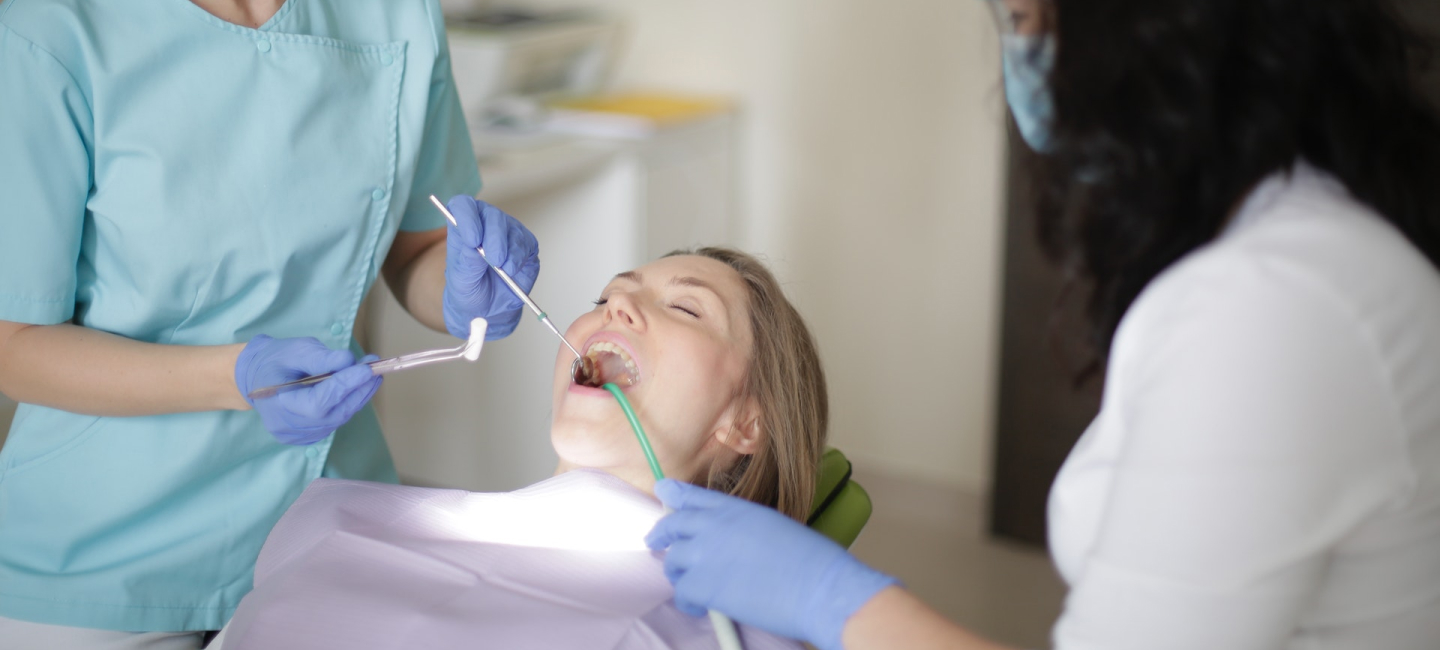 The challenge most people have in seeking dental care is getting beyond their perceptions of it as being unpleasant and invasive. So, advancements in dental technology focus on diagnostics and treatments that can offer modern technology solutions to traditional dental problems and help to eliminate or reduce discomfort and fear. This is the driving force behind research and development – the desire to provide leading edge dental treatment that combines efficient, effective, and comfort.
The challenge most people have in seeking dental care is getting beyond their perceptions of it as being unpleasant and invasive. So, advancements in dental technology focus on diagnostics and treatments that can offer modern technology solutions to traditional dental problems and help to eliminate or reduce discomfort and fear. This is the driving force behind research and development – the desire to provide leading edge dental treatment that combines efficient, effective, and comfort.
To most, it probably seems as though not much has changed in the practice of dental care –however, dental technologies have been experiencing continuous evolutions that have successfully helped to transform the field. All of the following technologies have been created with the intention of enhancing products and methodologies for use by your dentist to help prevent, diagnose and/or treat dental conditions and diseases early and effectively. Here we share some of the technologies now available to dental practitioners.
Laser Fluorescence Detectors are a new piece of gadgetry you may see in your dentist’s office. This device is designed to assist in the early detection of dental cavities and it is estimated that one out of four dentists in the U.S. are using these new dental problem detection tools. This technology aims to achieve non-invasive dentistry as both a monitoring and diagnostic tool that helps to detect “iceberg” cavities that are out of sight and under the surface, where the traditional use of the dentist’s eyes, hands, and X-rays may miss them.
Air-Abrasion is an alternative to the traditional dental drill. The system is primarily used to treat small cavities and preserves the existing healthy tooth structure while also eliminating the need to use a local anesthetic. It also enables your dentist to remove decay with precision as it offers a blast of pellets consisting of air and aluminum oxide. The air-abrasion technique can also be used to help repair old tooth restorations by accessing difficult areas such as those between the teeth.
Bone Replacement is increasingly popular for use with older patients as most have acquired some form of deterioration that has resulted in critical and uncomfortable bone loss. To aid in eliminating the need for complete removal of the remaining tooth or teeth, there are now three types of bone replacement techniques:
- Autogenous Man Made Bone Replacement is a freeze-dried material made in a dental laboratory.
- Cadaver/Animal Bone Replacement is bone, which has been preserved, processed and sterilized from a deceased individual or animal source.
- Grafting Bone Replacement is the technique of taking bone from another area of the patients’ body, such as the iliac crest section of the pelvis.And, dentists can now use “platelet-rich growth factors” to help induce rapid bone growth and healing (platelets removed from the patient’s own blood that stimulate new cell growth and repair). This offers quicker healing time, making bone replacement performed by clinicians today more easy to assimilate into the existing bone structure.
And, dentists can now use “platelet-rich growth factors” to help induce rapid bone growth and healing (platelets removed from the patient’s own blood that stimulate new cell growth and repair). This offers quicker healing time, making bone replacement performed by clinicians today more easy to assimilate into the existing bone structure.
CAD/CAM is “computer assisted design/computer assisted manufacture” technology, which has actually been around for more than a decade and now allows for the fabrication of dental restorations. Your dentist may work with CAD/CAM in the office to complete tooth restorations in one visit that in the past may have required twice the time to complete. Some examples of treatments that now may be completed in half the time are inlays, on-lays, porcelain veneers, dental crowns and dental bridges.
Caries Detection Solution is a red dye liquid that dentists apply over a tooth to detect and confirm if all tooth decay has been effectively removed from a previously affected area after it has been treated. This fluid is very similar to plaque disclosing tablets that are used after brushing to highlight any areas you missed or which haven’t been thoroughly cleaned.
CAT Scans are 3-D images used by Endodontists to diagnose infections and other problems that are not easily detectable on a regular 2-dimensional X-ray. Scans are very useful for surgical planning for root canal surgery (Apicoectomy) as well as for dental implant placement. Implantologists (dental specialists who only provide surgical and restorative implant services) use CAT Scans in examining and working on the jawbone or surrounding bone structure to produce more accurate results. This technology has become increasingly specialized for dentistry as implants, rather than dentures, are now the standard of care for tooth replacement and preferred to dentures.
Composite resin materials are now used in the development of some veneers and other restorations, to fill cavities and create “bonding” to be placed onto a tooth and thus, rebuild it. These resins offer a tooth-like solution and have grown in popularity over the years. They are always being improved upon to better replicate natural tooth colors and ease application and shaping. The handling of and the time associated with completing composite resins, coupled with the translucent qualities of the newer materials, has helped to produce beautiful natural looking results.
Next time, we’ll cover even more new dental technologies that are in use and on the horizon.

